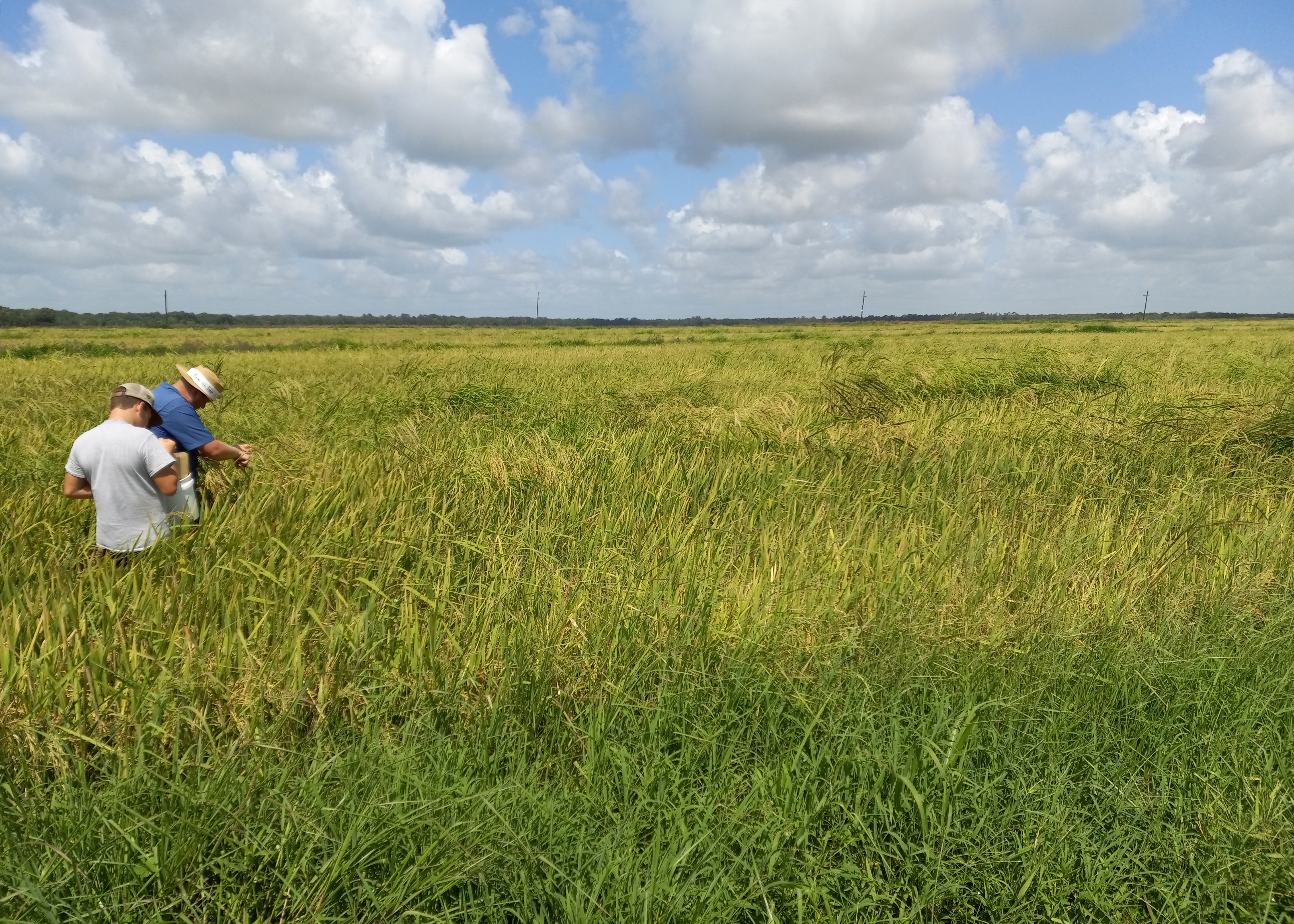The study (DOI: 10.1093/hr/uhae064), conducted by researchers from Kaili University and the Botanic Garden of Guizhou Province, was published on March 2, 2024, in Horticulture Research. The research presents a high-quality chromosome-level draft genome of Rubus rosaefolius. By sequencing and analyzing the genome and transcriptomes, the study explores the evolutionary dynamics and molecular mechanisms underlying anthocyanin biosynthesis in this red raspberry.
The genome sequencing revealed 131 assembled scaffolds, with 70 anchored to seven pseudo chromosomes, covering 99.33% of the estimated genome size. The study identified a whole-genome duplication event shared among Rosaceae family members, leading to 5090 detectable duplicated gene pairs, with approximately 75% undergoing purifying selection. Various anthocyanins were detected in the berries, with concentrations increasing significantly during ripening. Key structural genes such as RrDFR, RrF3H, RrANS, and RrBZ1 were identified as crucial in anthocyanin biosynthesis. The expression of these genes correlated with the accumulation of major anthocyanins like pelargonidin-3-O-glucoside and pelargonidin-3-O-(6′′-O-malonyl) glucoside. Additionally, transcription factors and methylase-encoding genes were found to regulate anthocyanin biosynthesis by targeting structural genes.
Dr. Yunsheng Wang, a lead researcher from Kaili University, stated, “Our findings provide comprehensive insights into the genomic evolution and molecular mechanisms of anthocyanin biosynthesis in Rubus rosaefolius. This knowledge is instrumental for the targeted domestication and breeding of Rubus species, enhancing their nutritional and commercial value.”
The research paves the way for developing Rubus cultivars with enhanced anthocyanin content, potentially revolutionizing the fruit’s role in dietary health and contributing to the advancement of berry breeding programs globally.
###
References
DOI
Original Source URL
https://doi.org/10.1093/hr/uhae064
Funding information
This work was funded by the science and technology plan project of Guizhou Province [(2019) 4318] and [(2021) 239], the science and technology plan project of Guiyang City [2021]3-22, and first-class discipline of Kaili University (Horticulture) [grant number 202102].
About Horticulture Research
Horticulture Research is an open access journal of Nanjing Agricultural University and ranked number one in the Horticulture category of the Journal Citation Reports ™ from Clarivate, 2022. The journal is committed to publishing original research articles, reviews, perspectives, comments, correspondence articles and letters to the editor related to all major horticultural plants and disciplines, including biotechnology, breeding, cellular and molecular biology, evolution, genetics, inter-species interactions, physiology, and the origination and domestication of crops.


